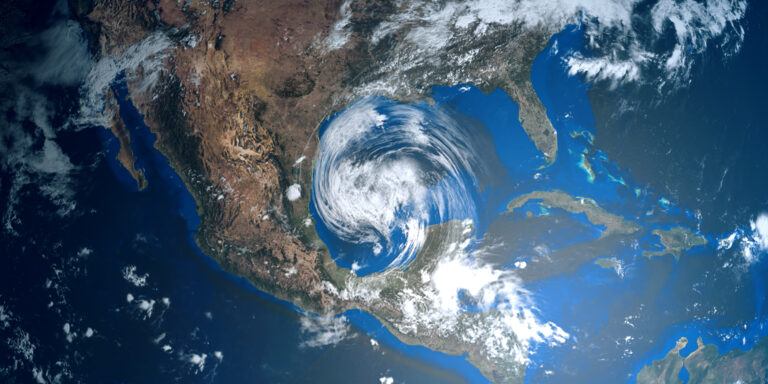Tropical Storm Claudette was the first named storm of the Atlantic #hurricaneseason2021 to make landfall this weekend. Over three days, the storm was downgraded and upgraded several times, forming mostly overland, highlighting how quickly storm conditions can shift dramatically to present new risks.
Connect with the our team to see how Maptycs’ real-time weather notifications and analytics keep risk and insurance professionals prepared to quickly address changing conditions with deep insights hidden in their exposure data.
#risktech #insurtech #climaterisk
https://weather.com/storms/hurricane/news/2021-06-19-tropical-storm-claudette-forms-over-louisiana-flash-flood-threat


